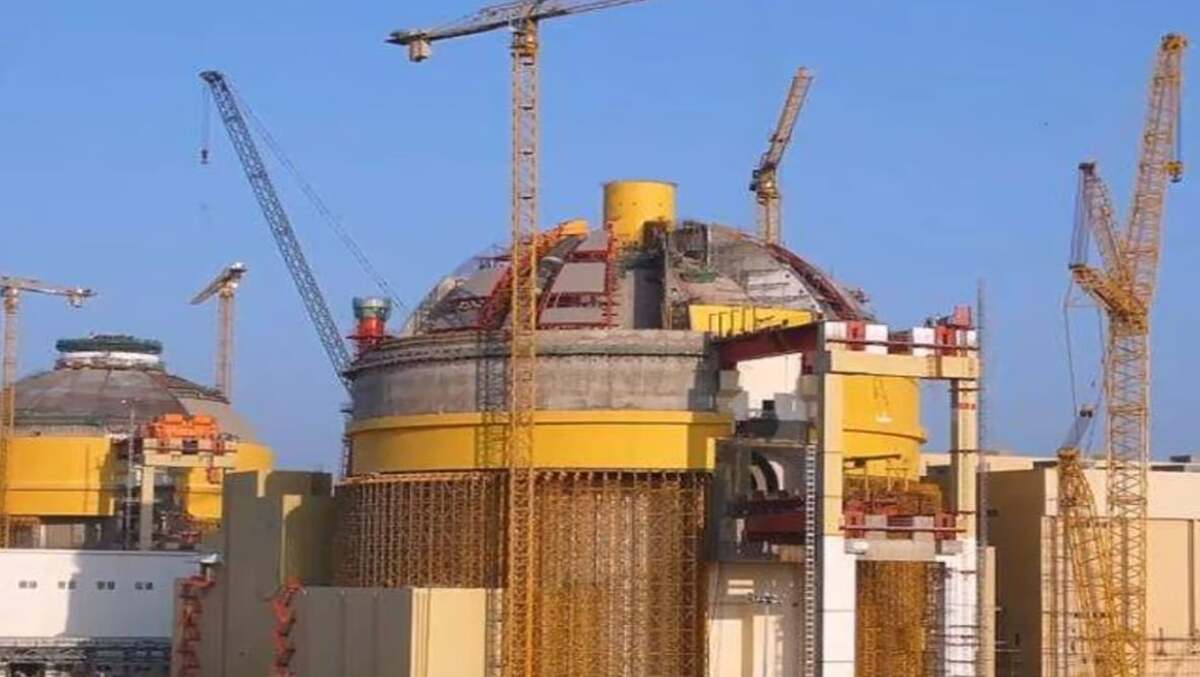Economic Capital Framework (ECF) – A Strategic Review in 2025
Introduction
India’s central bank, the Reserve Bank of India (RBI), is undertaking a significant review of its Economic Capital Framework (ECF). This framework is crucial because it determines how much risk capital the RBI must maintain and how much surplus it can transfer to the government. With the Finance Ministry conducting its own parallel review, the ongoing discussion could have major implications for India’s fiscal planning—especially with rising public expenditure and an election year ahead.
Understanding the Economic Capital Framework (ECF)
What is the ECF?
The ECF was formally established in 2019, following the recommendations of an expert committee chaired by Dr. Bimal Jalan, former RBI Governor. The main goal of this framework is to ensure the RBI maintains a sufficient financial buffer to manage unforeseen economic risks, while also deciding how much of its profit (surplus) can be given to the government.
Key Components of the ECF
-
Contingency Risk Buffer (CRB)
-
This is a financial safety net maintained by the RBI to deal with potential economic or financial crises.
-
The Bimal Jalan Committee recommended that the CRB should be maintained in the range of 5.5% to 6.5% of the RBI’s balance sheet.
-
-
Surplus Transfer Mechanism
-
After maintaining the required CRB, any excess income or profits of the RBI can be transferred as a surplus (dividend) to the Government of India.
-
This transfer helps the government fund its budget without borrowing more.
-
-
Five-Year Review Cycle
-
The Jalan Committee advised that the ECF should be reviewed every five years to keep it aligned with changing economic conditions and fiscal needs.
-
Current Developments in 2025
Why is the ECF Being Reviewed Now?
-
The current review marks five years since the ECF was introduced, making this a scheduled reassessment.
-
The RBI started its internal review in January 2025, while the Finance Ministry is conducting a parallel review.
-
The Ministry of Finance has reportedly suggested that the current CRB range may be too high or conservative, hinting at a desire to lower the buffer and thereby increase the RBI's surplus transfer.
Why Does the Government Want a Higher Dividend?
-
Although a senior government official stated that the government is not fiscally strained, a higher surplus from the RBI would provide more fiscal flexibility.
-
This is especially relevant as the government plans higher spending in sectors like defence and may also want to fund social schemes in the lead-up to elections.
Recent Surplus Transfers: Record Highs
Dividend Trends:
| Financial Year | Surplus Transferred by RBI |
|---|---|
| 2022–23 | ₹87,416 crore |
| 2023–24 | ₹2.11 lakh crore (Record) |
| 2024–25 (Projected) | ₹2.5 – ₹3 lakh crore (New High) |
What’s Driving the Higher Surplus?
Several key factors have contributed to the RBI’s increased earnings:
-
Profits from sale of U.S. dollars during interventions to stabilize the Indian rupee.
-
Appreciation in gold prices, which increases the value of RBI’s gold reserves.
-
Gains from government bonds and securities held by the RBI.
In FY 2023–24, the RBI allocated around ₹42,800 crore for its CRB, showcasing a disciplined approach toward risk provisioning.
Upcoming Decision
The RBI’s central board is scheduled to meet on May 23, 2025, to finalize the dividend payout for FY 2024–25. This announcement will be crucial, as it will:
-
Reflect the outcome of the ongoing review of the ECF.
-
Determine how much fiscal support the government will receive from the RBI.
Implications of a Higher Dividend Transfer
1. Managing the Fiscal Deficit
A larger surplus will ease fiscal pressure and reduce the government’s reliance on borrowing from the market. This can help maintain macro-economic stability and keep interest rates lower.
2. Improved Liquidity in the Banking Sector
According to Axis Mutual Fund, the expected dividend transfer could lead to liquidity in the banking system rising to ₹6 lakh crore. This would:
-
Make credit more easily available.
-
Boost lending and investment in the economy.
3. Political and Budgetary Strategy
In an election year, a larger fiscal cushion allows the government to:
-
Fund welfare schemes, infrastructure, and defence modernization.
-
Offer pre-election economic relief or incentives without breaching fiscal targets.
Challenges and Risks
While higher transfers are appealing from a fiscal standpoint, there are important concerns:
1. Erosion of Financial Safety
-
The CRB acts as the first line of defence in times of financial stress (such as global recessions, currency crises, or banking failures).
-
Reducing the CRB could weaken the RBI’s ability to respond to economic shocks effectively.
2. Central Bank Independence
-
There is a need to maintain the autonomy of the RBI in setting its risk policies.
-
Over-reliance on central bank transfers for fiscal management may undermine long-term economic discipline.
Conclusion
The ongoing review of the Economic Capital Framework is not just a technical policy update—it is a critical moment in India’s economic and institutional landscape. The final decision, expected soon after the May 23 RBI board meeting, will:
-
Shape the government’s fiscal strategy for the year.
-
Impact monetary and financial stability.
-
Define the balance between financial prudence and fiscal flexibility.
Whether the CRB range is retained, reduced, or redefined, the outcome will have far-reaching implications—not just for the RBI and the government, but for India’s broader economic trajectory in a globally uncertain environment.
_(12).jpg)


.jpg)
Comments (0)